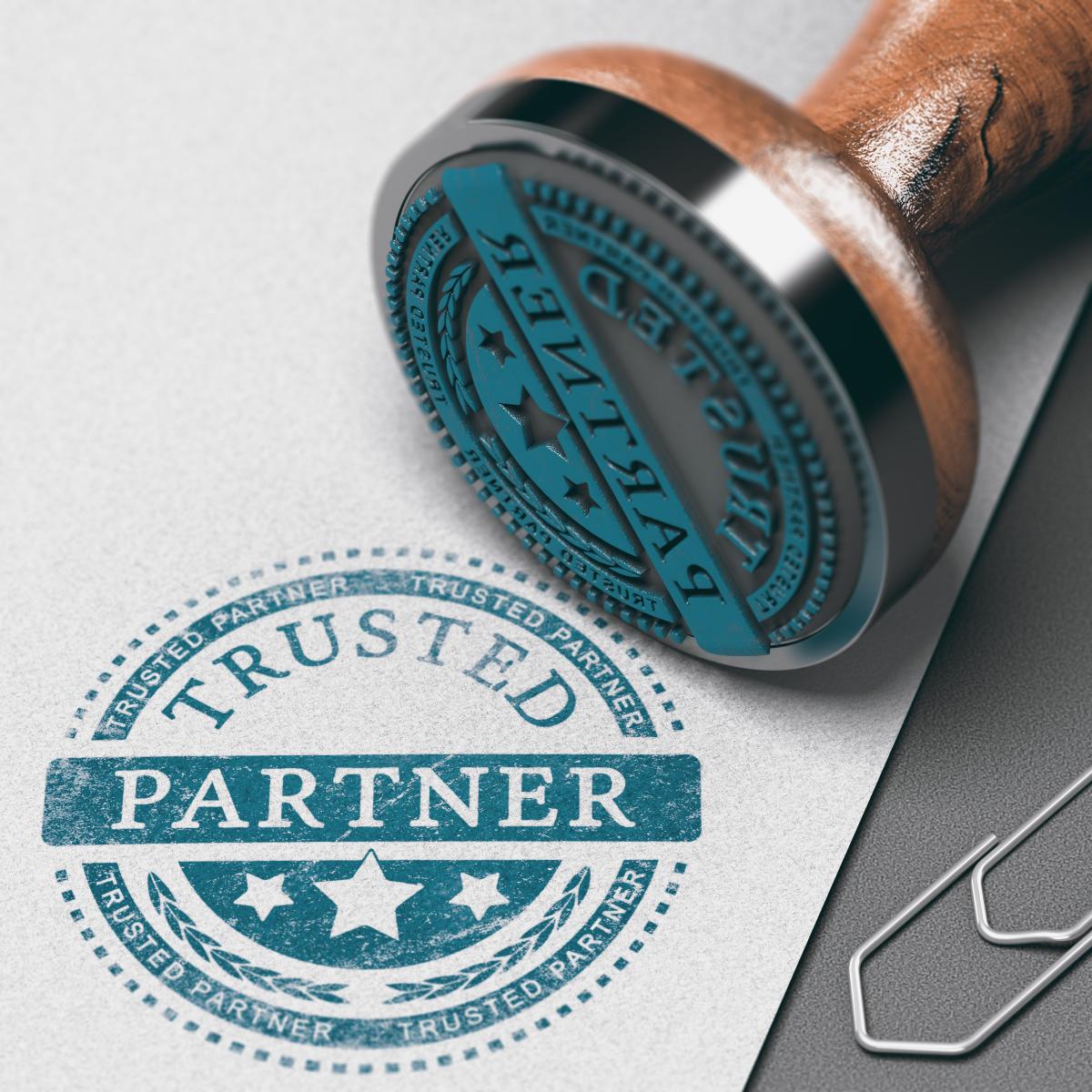
7 Keys for Avoiding Costly Mistakes When Choosing Leadership and Team Dynamics Consultants
Boosting leaders’ performance and key teams’ productivity can make a tremendous difference on an organization’s bottom line.
To achieve these outcomes, some organizations are bringing in specialist consultants to provide leadership coaching and to lead team dynamics efforts. Many enjoy transformative results, but others find themselves dissatisfied, with participating leaders and work teams showing little or no improvement in the long run.
What differentiates successes from failures? Often it comes down to whether you have the right consultants or the wrong consultants for your organization’s needs. If you’re considering bringing in external experts to support your leaders or work teams, be careful about whom you select. Following these seven keys will help you make the right choice.
1. Make Sure the Work Is Focused on YOUR Goals.
This might seem an obvious point, but too many companies make the mistake of investing in the wrong work—work that isn’t optimal for reaching their goals. Before spending a cent, identify the specific goals you want to accomplish, and when evaluating consultants, get clear, detailed answers from them on how the work they propose will enable you to achieve these same goals.
2. Insist on a Customized and Personalized Approach.
You’ll achieve better results from work that is adapted to your business needs than from a one-size-fits-all approach. Also, participants are much more likely to apply key lessons in a lasting fashion if those lessons are taught in a personalized manner.
For example, if leadership coaching efforts address real scenarios that your leaders face, your leaders are much more likely to understand the value of the strategies being taught, and to adopt them permanently.
3. Evaluate the Technologies That Will Be Used.
Technology can support and augment the work that consultants are doing, so it’s important to learn about the technologies that will be used—including how they will be used and to what extent. An absence of tools or an overreliance on flashy technology is a cause for concern.
4. Verify that Measurements Will Be Used to Evaluate Results.
A dirty little secret in the leadership and team consulting industry is that many providers talk around measurement. Using quality metrics is vital—without measurement, you can’t properly evaluate the success of the work or pinpoint areas of improvement. Important: Be sure that the metrics used are directly relevant for evaluating the progress toward achieving the goals you’ve specified.
Examples of measurements include:
- With leadership coaching, make sure your partners have helped you define what success looks like, then look for reports that show progress on those coaching objectives.
- For team dynamics, look for employee survey results that show the progress toward the objectives, in comparison to a baseline.
Measurement should be a critical part of consultants’ work and deliverables. Verify it is before signing any contracts.
5. Look for a Carefully Constructed Process
Taking shortcuts will ultimately lead to poor results. Look for consultants to have a dedicated, thorough process. Take special note of the plans for the outset of the work. Often organizations want to jump to solutions, but it’s important to first establish the current state of your participating teams and leaders, both to identify the areas of improvement to focus on and for establishing a baseline for measuring progress.
6. Make Sure the Work Is Comprehensive Enough.
Improving leaders’ performance and work teams’ productivity requires strong commitment from everyone involved. It’s hard work. Be sure that the proposed work is extensive enough to achieve your goals. For example, will everyone that needs to be involved actually be in the room? With leadership coaching, the boss, the coachee, HR partner and any other people who have a vested interest need to be included. With team dynamics, substantial work needs to be done first with the team’s leader, then with the team as a whole, and reinforcement may be necessary with individual members. Make sure this all will happen. Half-measures will almost surely leave you dissatisfied with your results.
7. Evaluate Consultants’ Credentials and History of Success.
Aside from their time, much of what you pay consultants for is their expertise and experience. Be sure the consultants you use have the requisite expertise and history of success to give you full confidence in their abilities.
Key steps include:
- Discover the relevant experience of the consultants who would be handling the work with your organization—especially with but not limited to organizations, similar to yours.
- Learn about consultants’ previous results, such as by interviewing their references.
- Consider cultural fit—do you feel like the consultants will work well with your leaders, teams and stakeholders?
Choosing the right consultants is incredibly important. Take your time here to be confident you’re making the right choice for your organization.
How can Connect the Dots Consulting help you? Contact us at 855-316-8161 or info@connectthedotsconsulting to discuss how we can target solutions for your organization.
